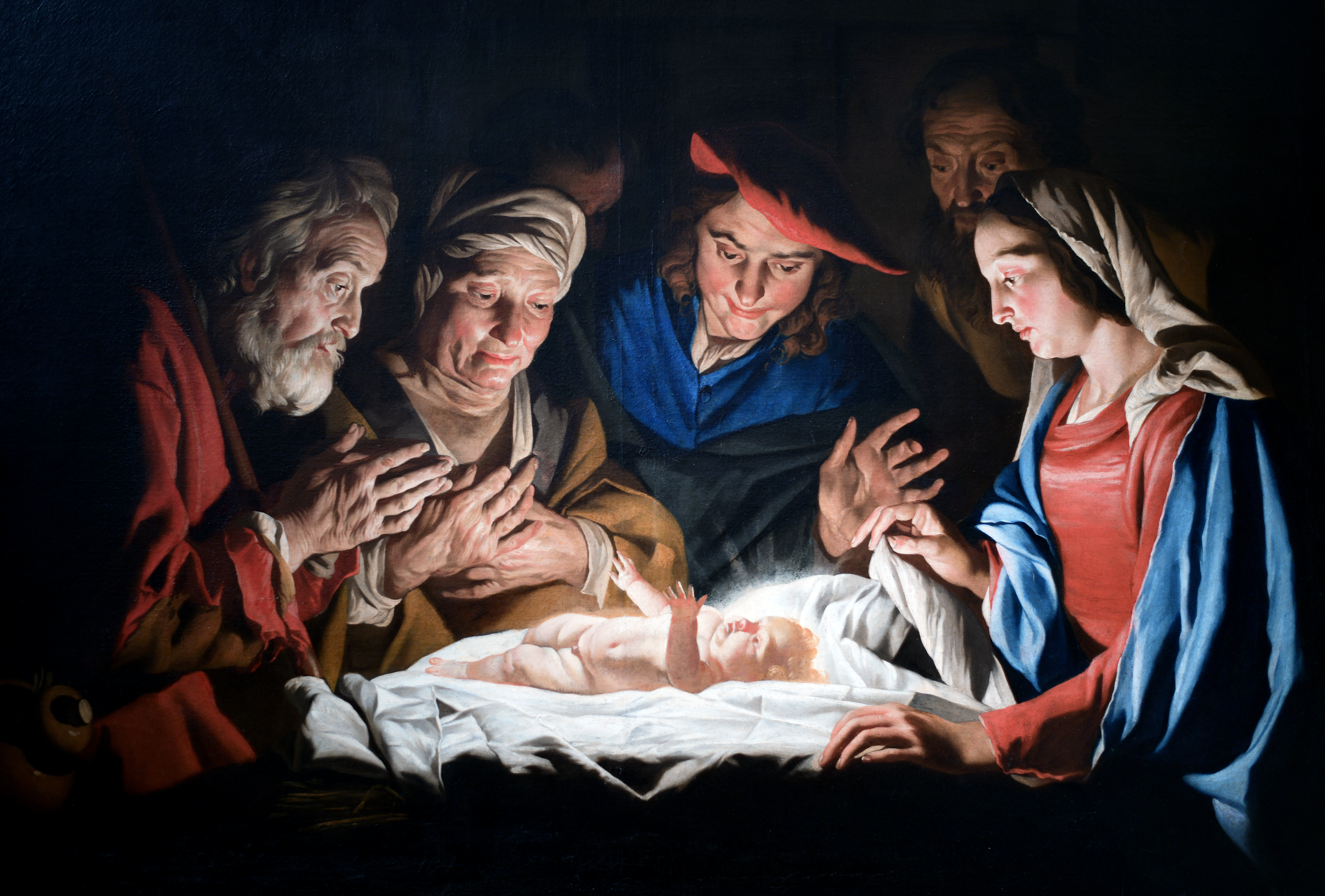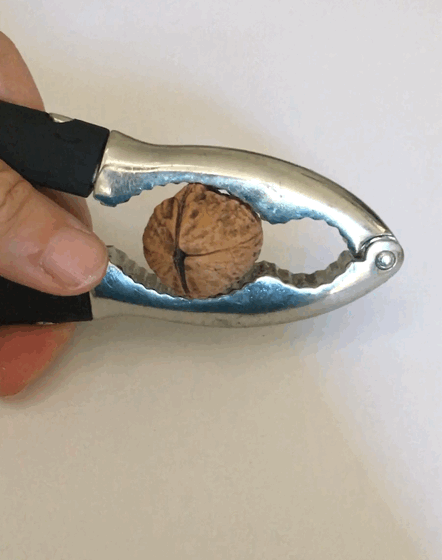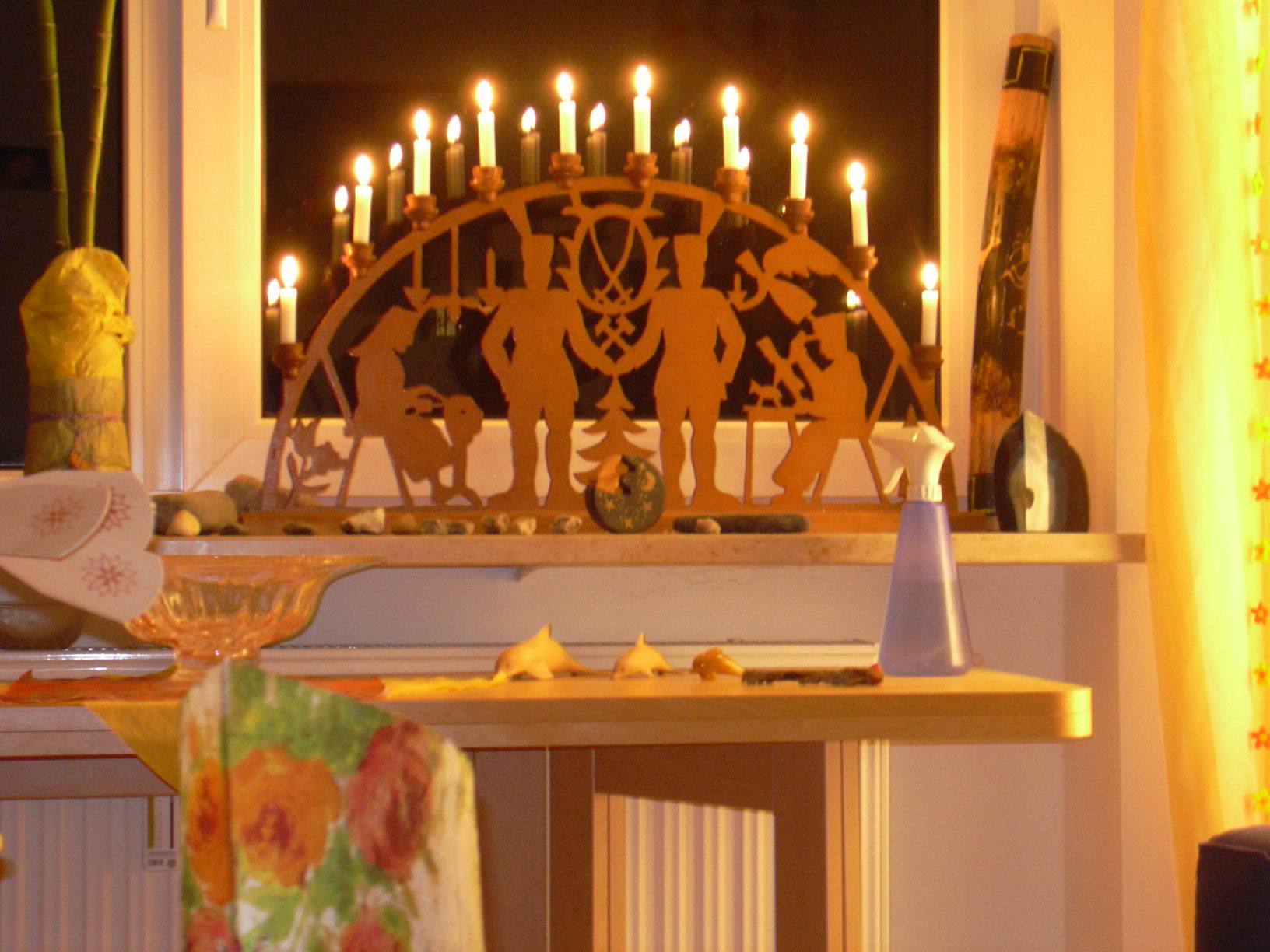|
Seiffen Erzgeb.
Seiffen is a town in the district of Erzgebirgskreis in the central south of Saxony in Germany. Seiffen nestles in the heart of the Ore Mountains, which are famous for many Christmas traditions. As the silver and tin deposits declined, former miners had to look for new ways to feed their families. In addition to lace making and weaving, the local population turned to wood carving. Nutcrackers, "smoking men", Christmas pyramids (carousels with figures of the Christmas story or from mining) and ''Schwibbögen'' (wooden candle arches, displayed in windows, symbolising the opening of a mine) are some of many Christmas goods made in the Ore Mountains. Seiffen is a centre of the wooden toy industry. History The history of Seiffen started when miners opened up the district 700 years ago. The earliest record of the town dates to 1324 when it was referred to as "Cynsifen". With the recession of ore mining in the area, Seiffen turned to wooden toy manufacture as a matter of economic surv ... [...More Info...] [...Related Items...] OR: [Wikipedia] [Google] [Baidu] [Amazon] |
|
|
Erzgebirgskreis
Erzgebirgskreis is a district ('' Kreis'') in the Free State of Saxony, Germany. It is named after the Ore Mountains (German: ''Erzgebirge''), a mountain range in the southern part of the district which forms part of the Germany–Czech Republic border. It borders (from the west and clockwise) the districts of Vogtlandkreis and Zwickau, the urban district Chemnitz, the district Mittelsachsen and the Czech Republic. History The district was established by merging the former districts of Annaberg, Aue-Schwarzenberg, Stollberg and Mittlerer Erzgebirgskreis as part of the district reform of August 2008. Geography The district contains the western part of the Ore Mountains, which also forms the border with the Czech Republic. Several rivers that rise in the Erzgebirge flow through the district, including Zwickauer Mulde and Zschopau. Sister districts The Erzgebirgskreis has partnerships with the following districts: [...More Info...] [...Related Items...] OR: [Wikipedia] [Google] [Baidu] [Amazon] |
|
|
Saxony
Saxony, officially the Free State of Saxony, is a landlocked state of Germany, bordering the states of Brandenburg, Saxony-Anhalt, Thuringia, and Bavaria, as well as the countries of Poland and the Czech Republic. Its capital is Dresden, and its largest city is Leipzig. Saxony is the List of German states by area, tenth largest of Germany's sixteen states, with an area of , and the List of German states by population, sixth most populous, with more than 4 million inhabitants. The term Saxony (other), Saxony has been in use for more than a millennium. It was used for the medieval Duchy of Saxony, the Electorate of Saxony of the Holy Roman Empire, the Kingdom of Saxony, and twice for a republic. The first Free State of Saxony was established in 1918 as a constituent state of the Weimar Republic. After World War II, it was under Soviet occupation before it became part of communist East Germany and was abolished by the government in 1952. Following German reunificat ... [...More Info...] [...Related Items...] OR: [Wikipedia] [Google] [Baidu] [Amazon] |
|
|
Germany
Germany, officially the Federal Republic of Germany, is a country in Central Europe. It lies between the Baltic Sea and the North Sea to the north and the Alps to the south. Its sixteen States of Germany, constituent states have a total population of over 84 million in an area of , making it the most populous member state of the European Union. It borders Denmark to the north, Poland and the Czech Republic to the east, Austria and Switzerland to the south, and France, Luxembourg, Belgium, and the Netherlands to the west. The Capital of Germany, nation's capital and List of cities in Germany by population, most populous city is Berlin and its main financial centre is Frankfurt; the largest urban area is the Ruhr. Settlement in the territory of modern Germany began in the Lower Paleolithic, with various tribes inhabiting it from the Neolithic onward, chiefly the Celts. Various Germanic peoples, Germanic tribes have inhabited the northern parts of modern Germany since classical ... [...More Info...] [...Related Items...] OR: [Wikipedia] [Google] [Baidu] [Amazon] |
|
 |
Ore Mountains
The Ore Mountains (, or ; ) lie along the Czech–German border, separating the historical regions of Bohemia in the Czech Republic and Saxony in Germany. The highest peaks are the Klínovec in the Czech Republic (German: ''Keilberg'') at above Normalnull, sea level and the Fichtelberg in Germany at . The Ore Mountains have been intensively reshaped by human intervention and a diverse cultural landscape has developed. Mining in particular, with its tips, dams, ditches and sinkholes, directly shaped the landscape and the habitats of plants and animals in many places. The region was also the setting of the earliest stages of the Early modern period, early modern transformation of mining and metallurgy from a craft to a large-scale industry, a process that preceded and enabled the later Industrial Revolution. The higher altitudes from around 500 m above sea level on the German side belong to the Ore Mountains/Vogtland Nature Parkthe largest of its kind in Germany with a length ... [...More Info...] [...Related Items...] OR: [Wikipedia] [Google] [Baidu] [Amazon] |
 |
Christmas
Christmas is an annual festival commemorating Nativity of Jesus, the birth of Jesus Christ, observed primarily on December 25 as a Religion, religious and Culture, cultural celebration among billions of people Observance of Christmas by country, around the world. A liturgical year, liturgical feast central to Christianity, Christmas preparation begins on the Advent Sunday, First Sunday of Advent and it is followed by Christmastide, which historically in the West lasts Twelve Days of Christmas, twelve days and culminates on Twelfth Night (holiday), Twelfth Night. Christmas Day is a public holiday in List of holidays by country, many countries, is observed religiously by a majority of Christians, as well as celebrated culturally by many non-Christians, and forms an integral part of the annual Christmas and holiday season, holiday season. The traditional Christmas narrative recounted in the New Testament, known as the Nativity of Jesus, says that Jesus was born in Bethlehem, in ... [...More Info...] [...Related Items...] OR: [Wikipedia] [Google] [Baidu] [Amazon] |
 |
Nutcracker
A nutcracker is a tool designed to open nuts by cracking their shells. There are many designs, including levers, screws, and ratchets. The lever version is also used for cracking lobster and crab shells. A decorative version, a nutcracker doll, portrays a person whose mouth forms the jaws of the nutcracker. Functions Nuts were historically opened using a hammer and anvil, often made of stone. Some nuts such as walnuts can also be opened by hand, by holding the nut in the palm of the hand and applying pressure with the other palm or thumb, or using another nut. Manufacturers produce modern functional nutcrackers usually somewhat resembling pliers, but with the pivot point at the end beyond the nut, rather than in the middle. These are also used for cracking the shells of crab and lobster to make the meat inside available for eating. Hinged lever nutcrackers, often called a "pair of nutcrackers", may date back to Ancient Greece. By the 14th century in Europe, nutcrackers were do ... [...More Info...] [...Related Items...] OR: [Wikipedia] [Google] [Baidu] [Amazon] |
|
Räuchermann
The ''Räuchermann'' (diminutive ''Räuchermännchen'' ; Erzgebirgisch: ''Raachermannel'') is an incense smoker, the invention of toy makers in the Ore Mountains, used to burn down cone incense, known as '' Räucherkerzchen''. The ''Räuchermann'' was first mentioned in 1850 and is now a common component in the Ore Mountain Christmas tradition. For this, an incense cone is first lit and then put on the lower half of the two-part wood figurine. The hollowed-out upper part is placed over the lighted cone, which burns down inside of the hollow figurine, the smoke leaving the mouth hole of the ''Räuchermann''. Before the ''Räuchermann'' was invented, cone incense was displayed and burnt down in the open. During Christmas time ''Räuchermänner'' are displayed together with '' Schwibbögen'' (candle arches), miners' figurines, angels, and Christmas pyramids. Several kinds of figurines exist, traditionally representing craftsmen of the region, such as foresters, peddlers, mine ... [...More Info...] [...Related Items...] OR: [Wikipedia] [Google] [Baidu] [Amazon] |
|
|
Christmas Pyramids
Christmas pyramids () are Christmas decorations that have their roots in the folklore and customs of the Ore Mountain region of Germany, but which have become popular internationally. They comprise a decorated pyramidal outer frame with candle holders and a central carousel with a rotor at the top which is driven by warm air from the lit candles. The carousel is decorated with nativity scenes and other Christmas figures such as angels and wise men, as well as worldly motifs such as mining folk and forest scenes. Description It is suggested that the Christmas pyramid is a predecessor of the Christmas tree. These pyramids are not limited to Christmas: in the Ore Mountains there was a custom of dancing around the "St. John's Tree", "a pyramid decked with garlands and flowers", at the summer solstice. Not actually pyramid-shaped, the Christmas pyramid is a kind of carousel with several levels, some depicting Christian motifs such as angels or manger scenes, and others with more se ... [...More Info...] [...Related Items...] OR: [Wikipedia] [Google] [Baidu] [Amazon] |
|
 |
Schwibbögen
A ''Schwibbogen'' () is a decorative candle-holder from the Ore Mountains region of Saxony, Germany. The first metal ''schwibbogen'' was made in 1740 in Johanngeorgenstadt. The early candle arches consisted of a single forged piece of black metal which could be painted. The number of candles varies with the size of the arc, the original design holding eleven. In the UK candle arches or candle bridges are marketed, often just consisting of a simple wooden stepped arch with 7 electric candles. These are not strictly ''schwibbögen''. Background The name ''Schwibbogen'' () is from the Middle High German ', "to hover". The development of the ''schwibbogen'' arch is closely related to the mining traditions of the Ore Mountains. It most likely developed as a candle holder made from metal for the Christmas shift (''Mettenschicht''), a common dinner celebrated by miners, the mining foreman ('' Steiger'') and the smith who had been responsible for the mining tools throughout the year. ... [...More Info...] [...Related Items...] OR: [Wikipedia] [Google] [Baidu] [Amazon] |
|
Wooden Toymaking In The Ore Mountains
The history of wooden toymaking in the Ore Mountains is closely bound to regional circumstances. The Ore Mountains are located in Central Europe on the border between Germany and the Czech Republic. For many centuries it was a countryside in which the local population eked out a hard existence from the land. Long and harsh winters restricted agriculture; in addition the region had very poor communications. With the onset of ore mining a new line of commerce developed, but the hard labour and high risks involved meant that it was only work for young and strong men. Many were injured or died as a result of accidents. The miners rose early in the morning whilst it was still dark in order to go to work and did not return home again until late in the evening after dark. From those times comes a custom that has survived to the present day, the practice of placing lights in the window. These lights were intended to show the miners the safe way back to the homes of their families. It was ... [...More Info...] [...Related Items...] OR: [Wikipedia] [Google] [Baidu] [Amazon] |
|
 |
Nuremberg
Nuremberg (, ; ; in the local East Franconian dialect: ''Nämberch'' ) is the Franconia#Towns and cities, largest city in Franconia, the List of cities in Bavaria by population, second-largest city in the States of Germany, German state of Bavaria, and its 544,414 (2023) inhabitants make it the List of cities in Germany by population, 14th-largest city in Germany. Nuremberg sits on the Pegnitz (river), Pegnitz, which carries the name Regnitz from its confluence with the Rednitz in Fürth onwards (), and on the Rhine–Main–Danube Canal, that connects the North Sea to the Black Sea. Lying in the Bavarian Regierungsbezirk, administrative region of Middle Franconia, it is the largest city and unofficial capital of the entire cultural region of Franconia. The city is surrounded on three sides by the , a large forest, and in the north lies (''garlic land''), an extensive vegetable growing area and cultural landscape. The city forms a continuous conurbation with the neighbouring ... [...More Info...] [...Related Items...] OR: [Wikipedia] [Google] [Baidu] [Amazon] |
|
Reifendrehen
''Reifendrehen'' is a unique type of toy manufacture using wood turning techniques that was developed in the Ore Mountains in the vicinity of the town of Seiffen in Germany and continues there to the present day. The process produces small animals and other figures or even little wooden houses in outline, that are used as toys or to decorate Christmas pyramids or Nativity scenes. The animals and figures (''Reifentiere'' and ''Reifenfiguren'') so produced are an inherent part of Ore Mountain folk art. Production In the process known as ''Reifendrehen'' (literally "tyre turning" or “hoop turning”) a suitable piece of wood, as far as possible free of splits, is worked on a special wood lathe to produce a wooden ring with a diameter of about 30 to 50 centimetres, the cross-section of which forms the outline of the desired figure. Small slices are then sawn or split off the ring with a sharp knife. These are used as the raw material from which the finished figures are made by carvi ... [...More Info...] [...Related Items...] OR: [Wikipedia] [Google] [Baidu] [Amazon] |